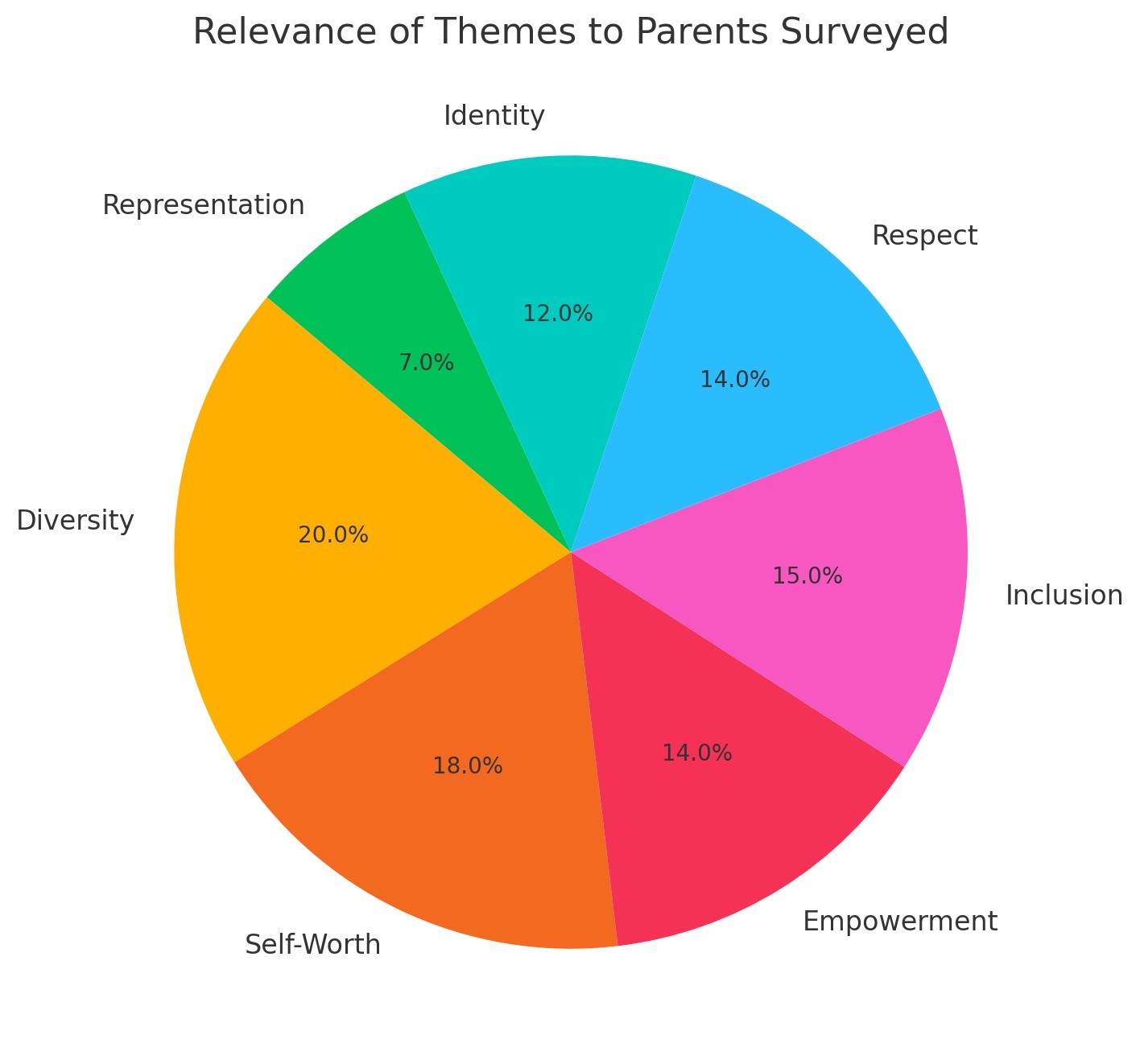Pathfinder Book Press
Empowering Voices. Enriching Minds
Our Book Research Process

Our Commitment to Excellence: Every Book Begins with Rigorous Research.
At Pathfinder Book Press, every story begins with purpose and intention. Our research process is the cornerstone of transforming real-life experiences into meaningful, empowering stories. Through in-depth interviews, focus groups, and surveys, we ensure that each book deeply resonates with our audience, reflects authentic experiences, and uplifts children. Our rigorous approach guarantees that every narrative is not only relatable but also impactful.
Explore the Research Behind No Scrub: My Black Skin Makes Me Beautiful
Here are examples of data from the in-depth interviews, focus groups, and surveys that informed the final product:
In-Depth Interviews
Core Insight Validation
During one-on-one interviews, parents recounted similar stories to Ariana’s experience, where their children faced comments related to skin color. This affirmed that racial bias is an ongoing issue for many children, which shaped the book’s broader perspective on racial identity and self-worth.

Authentic Dialogue
Conversations with children informed the dialogue between Ariana and Jessie, ensuring the language used was relatable and realistic for both children and parents.

Focus Groups
Theme Testing:
A group of educators and parents provided feedback on the emotional impact of Jessie’s comment in the story, suggesting that Jessie’s curiosity should come across as innocent rather than malicious. This feedback helped refine her character.

Empowerment Focus
Parents highlighted the importance of ending the story on an empowering note. As a result, Ariana’s final statement was strengthened to leave a lasting impression of self-acceptance and pride thus the line, “My Black skin makes me beautiful.”

Surveys
Title Testing
Over 80% of survey respondents found that the title No Scrub: My Black Skin Makes Me Beautiful resonated deeply with the book’s themes of identity and empowerment, validating its use. The graph below shows the book titles that were tested:


Theme Testing
We tested the themes in the book, including empowerment, self-worth, diversity, inclusion, identity, representation, and respect. The pie chart below shows how parents responded to a question asking about the themes emerging from the book:
Educator Feedback
Over 90% of educators in the survey found the crayon metaphor effective for discussing diversity in the classroom, reinforcing its inclusion as a key element.
How Each Research Method Contributes to Our Books
In-Depth Interviews: Shaping the Heart of the Story
Our books are based on real-life experiences observed in the world or encountered by children. Through one-on-one conversations with parents, children, and educators, we enhance and confirm these experiences, ensuring that they are represented authentically. This process:
- Confirms Core Insights: Validates real-life experiences and shapes authentic characters, themes, and plotlines.
- Adds Depth: Weaves real emotions into our drafts, enriching the stories with complexity and diversity.
In-depth interviews ensure that every story resonates emotionally and addresses the real issues children and their families face.
Focus Groups: Refining Concepts and Characters
Focus groups help us gather feedback from parents, children, and educators to:
- Test Key Themes and Characters: Gauge how readers connect with the story. Are the characters relatable? Do the themes resonate and inspire?
- Fine-Tune the Story: Feedback helps us adjust pacing, character development, and dialogue for a stronger final version.
Focus groups ensure our stories connect with readers before publication.
Surveys: Widening the Lens
Surveys help us gather broader feedback after refining the story. This method allows us to:
- Validate Story Themes: Confirm that key themes like diversity, empowerment, and self-worth resonate with readers.
- Tailor the Final Product: Ensure characters, plotlines, and overall appeal connect with a wide range of readers while staying true to the core message.
- Test Book Title: Gauge how the title connects with a larger audience to ensure it captures attention and aligns with the story.
Surveys help us create stories that resonate deeply with a diverse audience.
The Final Product: A Story for Everyone
Through this research-driven process, No Scrub: My Black Skin Makes Me Beautiful became a book that resonates with families of all backgrounds—whether Asian, Black, Hispanic, White, or any other group. It’s a universal story that empowers children to embrace their identity.

